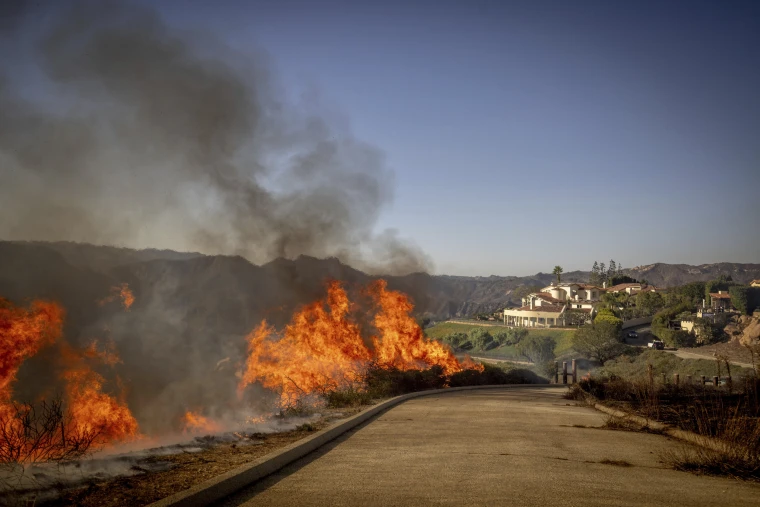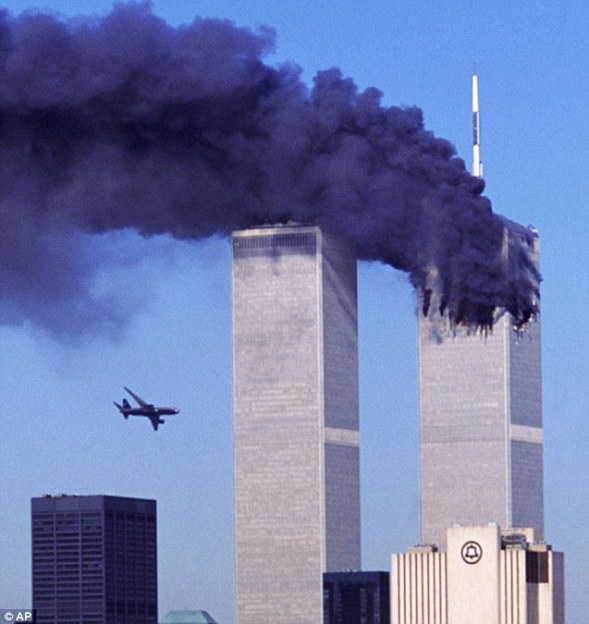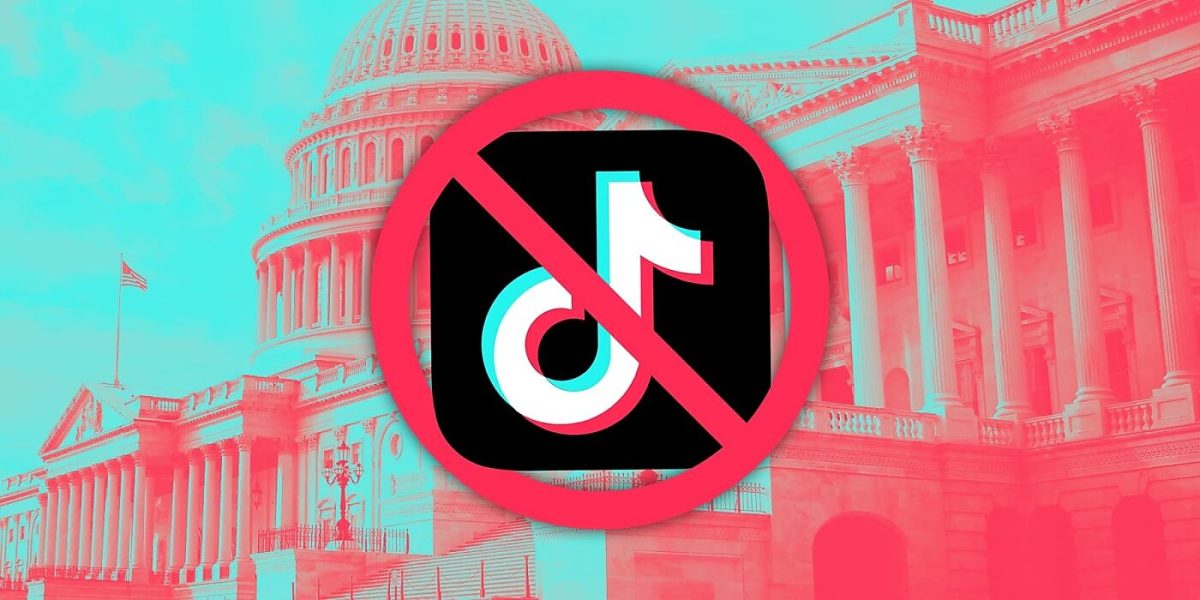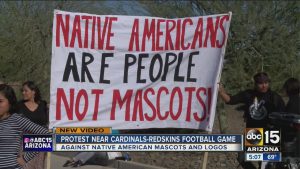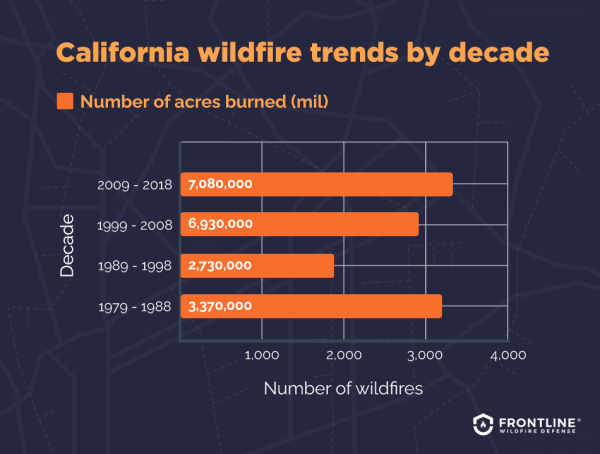
Southern California is the victim of a reoccurring issue: devastating wildfires. Since 1987, more than 100,000,000 acres of land have been destroyed in California due to wildfires. The damage caused by these fires amounts to the destruction of over 600,000,000 acres of land and the economic loss of over $275 billion in property damage over the last 38 years. However, the most recent fires are some of the worst the region has ever faced! Since the beginning of January, three major fires have destroyed a total of about 50,000 acres of land and killed at least 24 people.
The Palisades Fire, which started on January 7 around 10:30 a.m., was the first fire to start in the Pacific Palisades and burned 23,448 acres of land. It threatened 12,317 structures, damaged 1,016, and completely destroyed 6,834. The cause of the fire is undetermined. Theories range from arson to unauthorized camping to fireworks from the recent New Year.
The second fire, the Eaton Fire, also started on January 7 around 6:00 p.m. Recent footage shows that the cause of the Eaton Fire may have been an electrical error. Cameras at a nearby gas station captured film showing electric wires sparking into the bushes of Eaton Canyon. Burning 14,021 acres, this wildfire destroyed 9,418 structures and damaged 1,073 more.
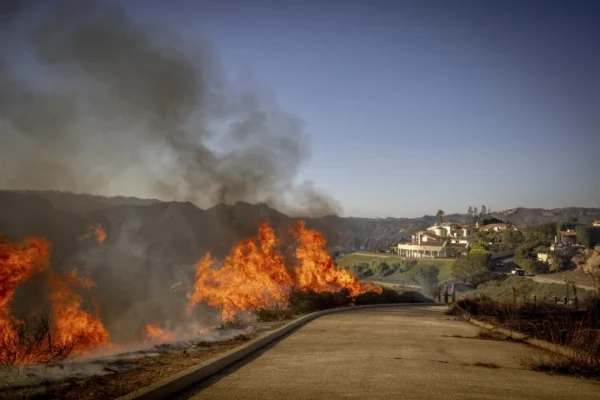
The third and most recent wildfire is called the Hughes Fire. It was first reported at 10:45 a.m. on January 22 near Castaic Lake and grew abruptly, destroying 10,425 acres of land by 10:00 p.m. The fire immediately evacuated almost 30,000 people. The cause of the fire is still being investigated.
The effects of these fires range from economic depression to mental and emotional challenges. Thousands of Southern California residents have had to evacuate due to dangerous environments (not just from the burning flames but also from the smoke and ash). This ties into the labor market’s disruption. Because of the destruction of buildings and homes that were occupied, many people have not been able to work, which has caused occupational levels to fall drastically. These drastic withdrawals of jobs and money have exacerbated the state’s financial stability.
Many of these fires happen on elevated terrain like hills. When the fires burn, they leave a path of destruction; only ash and dead plants remain. This poses a problem when it rains because all the water sweeps away the debris, turning the ash into thick mud. The result is sometimes a massive, destructive mudslide.
Despite these odds, California remains strong. Shelters have opened to house and aid the people who have been injured or have lost their homes in the fire. Animal shelters for both large and small animals have been able to keep the pets of others unharmed. Firefighters do their best to search, find, monitor, and put out the fires.
References:
Investigators comb through ashes of Palisades Fire to find its cause
https://www.cbsnews.com/losangeles/news/hughes-fire-castaic-los-angeles-county-updates/
https://www.cnn.com/2025/01/27/us/eaton-fire-video-shows-sparks/index.html
https://apnews.com/article/los-angeles-fires-rain-palisades-eaton-mudflows-85c9d5ecb84d9a37d909fcffaacc68bb
California Wildfires History & Statistics | Frontline Wildfire Defense
https://www.fire.ca.gov/incidents














